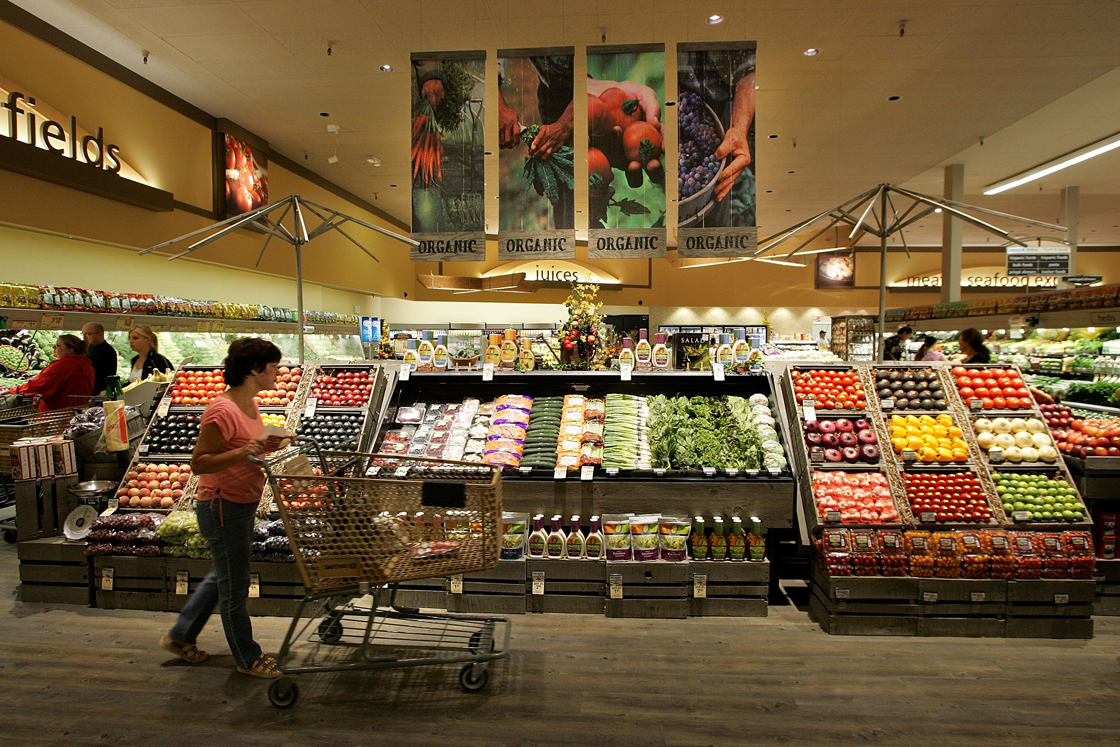TORONTO – Take a look at what’s on your plate on Sunday as global citizens mark World Health Day.

To celebrate the anniversary of the World Health Organization’s founding in 1948, each year the organization picks a theme, highlighting a priority area of public health concern around the world.
This year, high blood pressure, also known as hypertension, is the organization’s cause. It’s a measure of the pressure or force of blood against the walls of your arteries.
One in three adults worldwide is already living with the condition, which increases your risk of heart attacks and strokes.
Meanwhile, a Canadian report out this week says that in the next few years, up to half of Canadian baby boomers will have hypertension – many are on the road to developing it already.
Read more: Canada’s baby boomers face ‘dangerous levels’ of high blood pressure: report
High blood pressure is both preventable and treatable, though. It starts with a balanced diet, reducing salt intake and some regular exercise.
Global News spoke with Heart and Stroke dietician Carol Dombrow for her picks of healthy foods that do double duty lowering your blood pressure.
Dombrow has been a registered dietician working with the Heart and Stroke Foundation for the past 25 years.
Take a look at what you should have in your daily diet:
- Buzz kill? Gen Z less interested in coffee than older Canadians, survey shows
- ‘She gets to be 10’: Ontario child’s heart donated to girl the same age
- Canada updating sperm donor screening criteria for men who have sex with men
- Bird flu risk to humans an ‘enormous concern,’ WHO says. Here’s what to know
Potassium
You’re aiming for 4,700 milligrams a day of this mineral vital for helping your body’s nerves and muscles communicate. Potassium also helps to offset sodium’s harmful effects on your blood pressure.
You can find potassium in: bananas (422 mg), baked potato with skin on (926 mg), one glass of skim milk (404 mg), or 175 millilitres of canned white beans (880 mg).
It’s also in leafy greens, fruit from vines such as grapes or berries, and root vegetables such as carrots and citrus fruits.
You’re aiming for 4,700 milligrams a day of potassium. Bananas are a great source of this mineral. (Ulrich Baumgarten/Getty Images)
Calcium
Good for strengthening bones, teeth and muscle repair, you should be consuming 1,250 milligrams of calcium a day.
You can find calcium in: one glass of skim milk (324 mg), one glass of enriched soy milk (313 mg), one serving of plain yogurt (332 mg), or 50 grams of cheddar cheese (453 mg).
Try to aim for lower fat dairy products when looking for your calcium, Dombrow notes.
(Graeme Robertson/Getty Images)
Magnesium
You are aiming for 500 milligrams of magnesium a day. Approximately half of your body’s magnesium is found in bone, according to the National Institutes of Health. The mineral helps to regulate blood sugar levels, blood pressure and gets your metabolism on track.
You can find good sources of magnesium here: one cup of bran cereal (121 mg), half a cup of boiled spinach (80 mg), or a quarter cup of almonds (99 mg).
It’s also found in nuts and soybeans, brown rice, raisins and avocados.
Fresh spinach leaves. (Justin Sullivan/Getty Images)
Sodium
Our bodies need a small amount of sodium to be healthy. Too much can lead to high blood pressure and other heart issues.
Limit your sodium to 1,500 to 2,300 milligrams a day and try to get your sodium from fresh and frozen plain vegetables and fruit, unseasoned meats, fish, poultry and legumes.
When purchasing packaged foods, read the Nutrition Facts Table and check for the amount of sodium in the product. Compare and choose the one with the lower amount.
Unseasoned meats are a healthy source of sodium. (Ellise Pierce/Getty Images)
carmen.chai@globalnews.ca










Comments